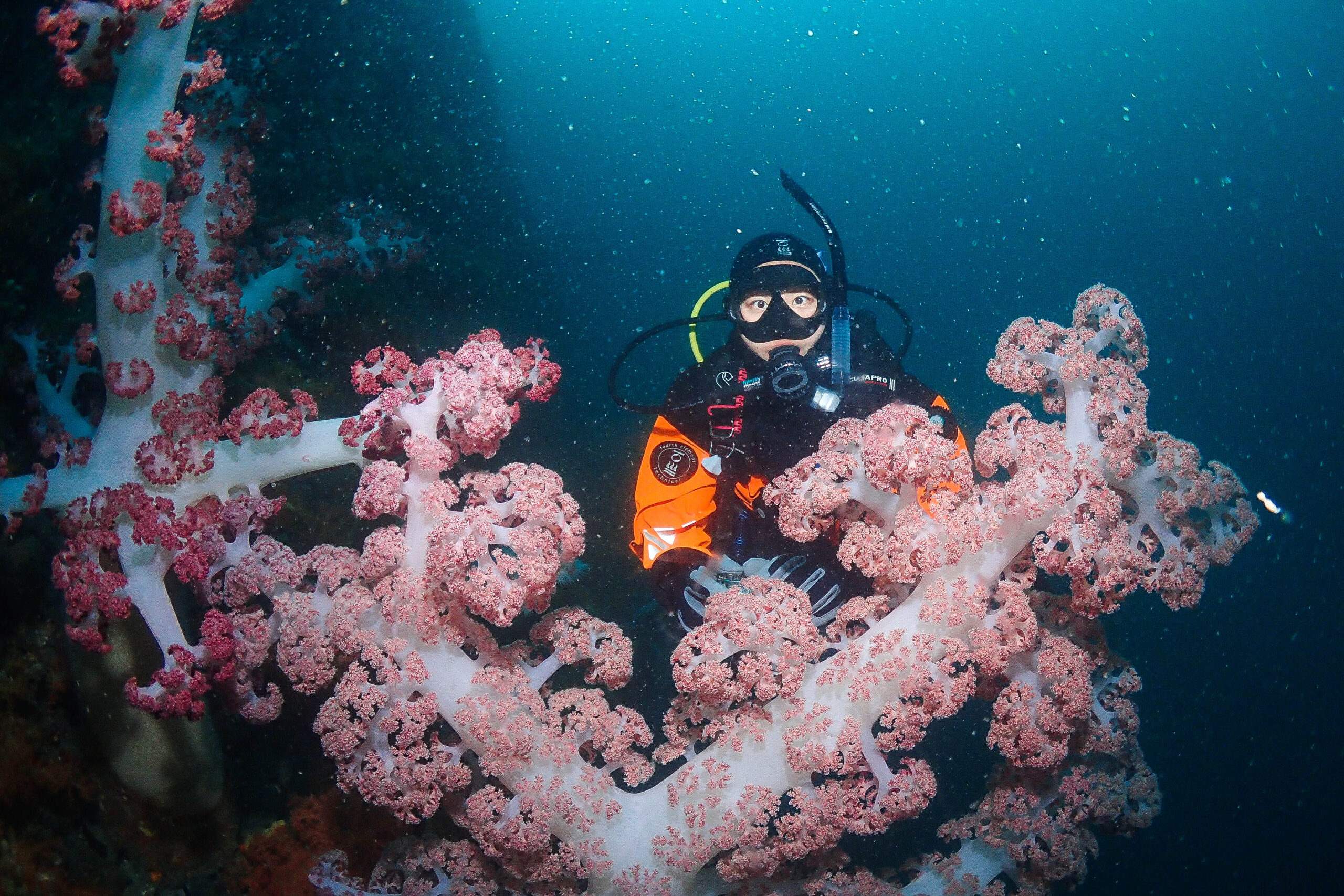Even though I felt the bitterness of not being able to stay longer while finishing the Tokyo phase of our Japan trip, the excitement of going to Okinawa came to the surface. Okinawa, the largest of the Ryukyu Archipelago in the south of Japan, is one of the locations that I call ‘I would live here’ with its history, culture and the natural beauties and climate brought by being in the Pacific Ocean, separated from mainland Japan.

There are direct flights to Naha Airport in Okinawa from mainland Japan or neighboring countries. Naha Airport is a small, simple but at the same time busy airport, just as we imagined. After collecting our bags, we set off for Naha city center, the largest city of Okinawa where we will stay. My recommendation for transportation is to go from the airport to the city center by one-way train called YuiRail. It is a very pleasant train ride where you can watch the city from above. If you are not staying in Naha but somewhere else, Asahibashi Station is the closest station to the bus terminal. By the way, if you buy transportation cards for 1-2 days, you can solve the problem of public transportation and you can benefit from discounts in must-see places such as museums and castles. If you prefer to use a taxi, taxi drivers in Japan really take their job very seriously, but Okinawa has a special situation that fascinates me. After you get out of the taxi, don’t force the door to close because the doors close automatically, I never got used to it but keep it in mind.


We rented a house close to the city center with Airbnb. The house turned out to be much bigger than we thought. So we didn’t need extra space to dry our diving equipment. After throwing our stuff in the house, we immediately threw ourselves on the street and went to the first local restaurant bar style place we saw on the side street to eat something. Here’s one more reason to admire Okinawa, it’s a place where locals come without any tourists… The same Pacific melodies playing in the background, Japanese elders having fun with their colorful shirts, young people celebrating at the back table… Welcome to Okinawa!!


History and culture are the main features that make Okinawa different. The island, which was known as the Ryukyu Kingdom until it was occupied by Japan in the 19th century, was influenced by both Chinese and Japanese culture. The island, which suffered great destruction in the war between Japan and America in the Second World War, managed to recover without losing its cultural values. For example, my favorite is Traditional Okinawan Music or Ryukyu music, which is made with an instrument called Sanshin.Another is Karate, a martial art that we all know at least the name of, was actually born in Okinawa. The local language ‘Uchinaaguch’, which very few elderly Okinawans can still speak, is still being preserved, even if it has sunk into oblivion. I don’t know why, but the calmness of the islanders, their unhurried, calm lifestyle and diet must be effective in their longevity.



Okinawa cuisine is very close to mainland Japan but more vegetable and fruit oriented. Homemade noodles and tofu are always a lifesaver. But if you consume meat, there are seafood and different local options. Okinawa people use a significant amount of sweet potato in their home cooking and they said that it is even more preferred than rice.


If you are planning your trip in winter, I would say be prepared for cool weather and strong winds. The summers on the island, which has a tropical climate, are very hot and humid, the winters are generally not very harsh and cold, but the conditions can be difficult from time to time. May – June period is rainy time, which I know from Korea, these periods can be quite rainy. As soon as the rainy season is over, high temperatures begin. But Okiwana is one of the must-see places for me with its four seasons.
I will continue to write about Okinawa’s history, culture and underwater – See you soon











